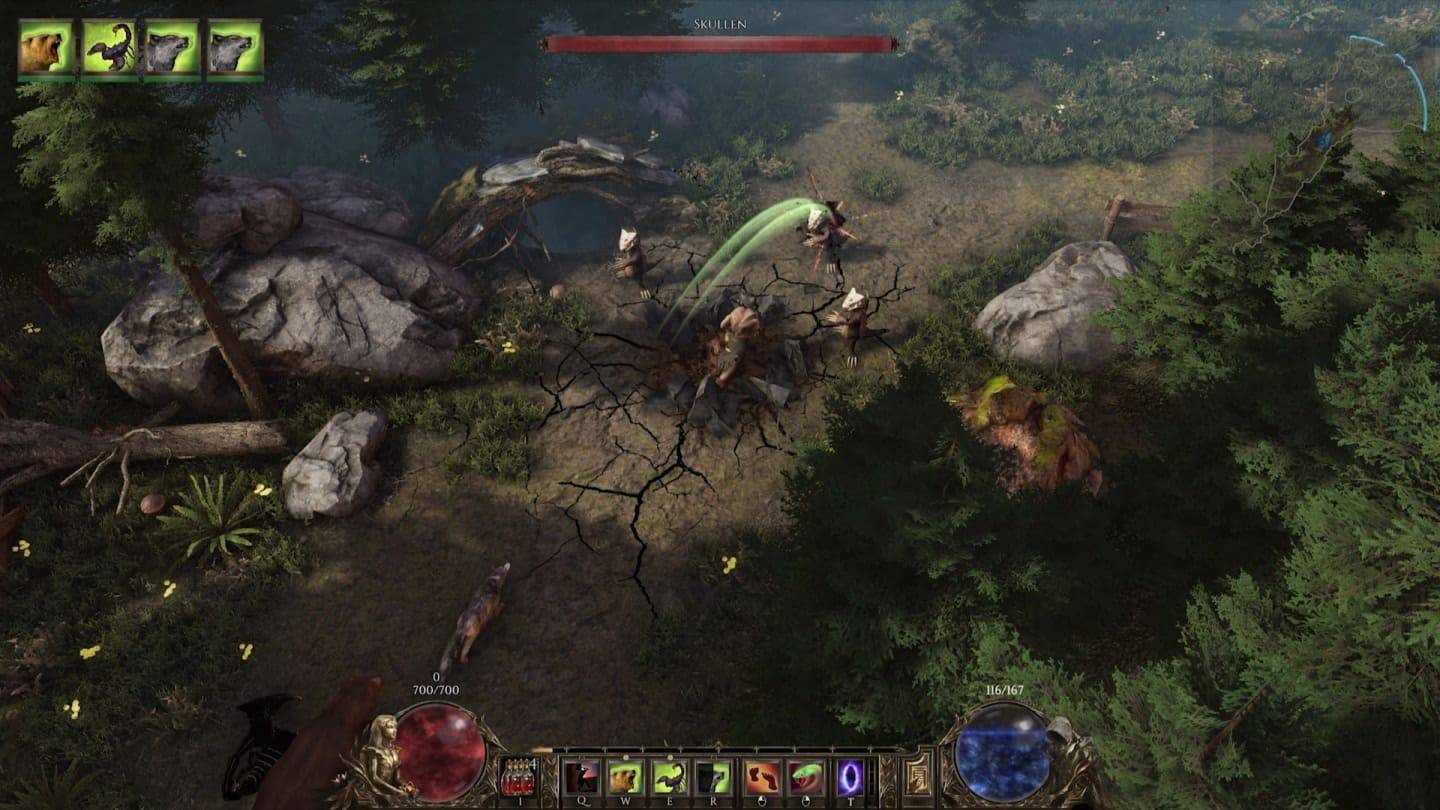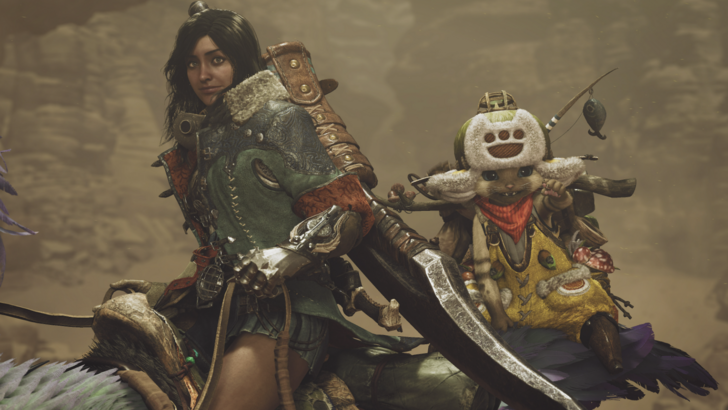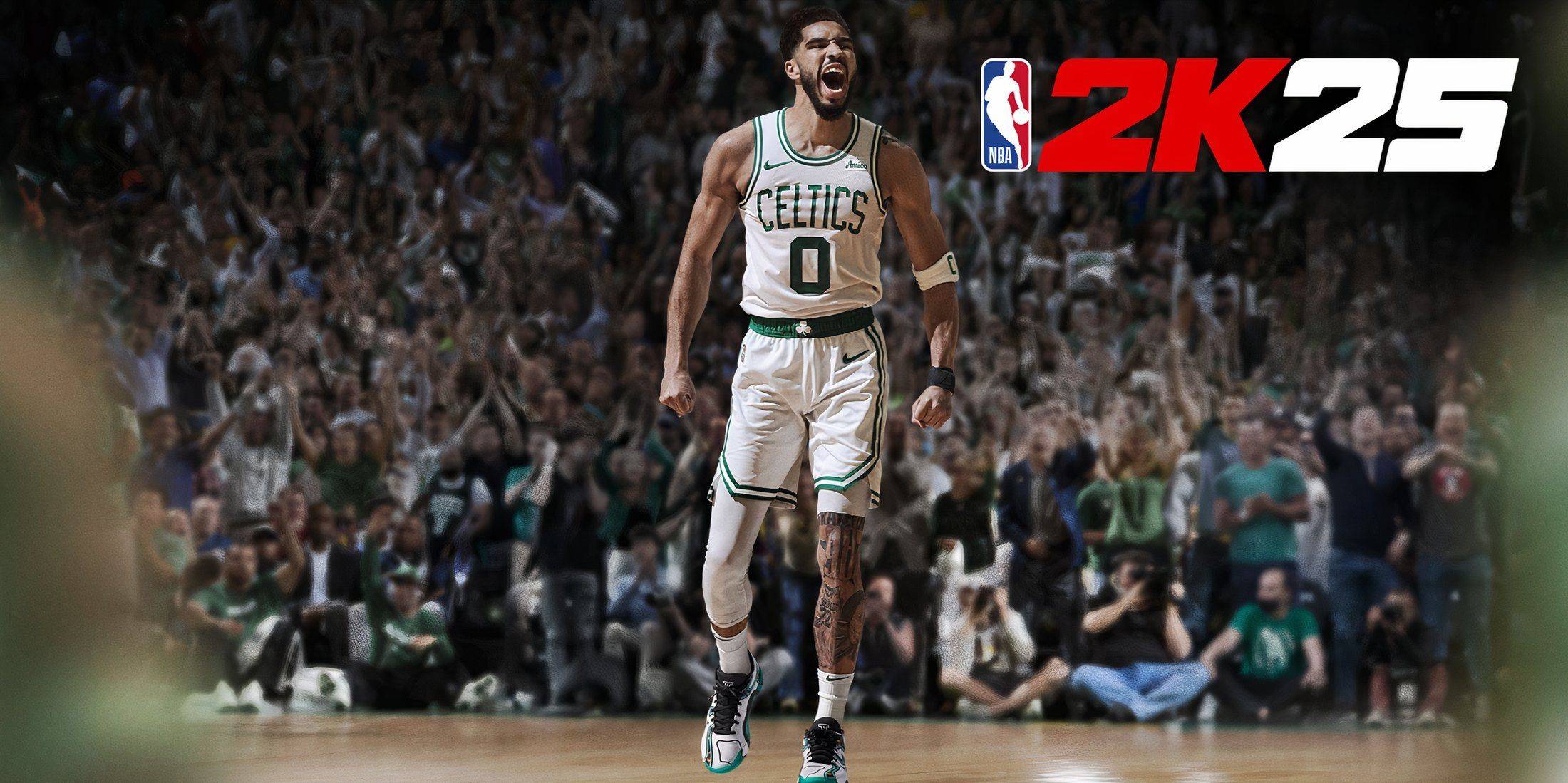The 1970s marked a period of significant transformation for Marvel Comics, introducing iconic narratives such as "The Night Gwen Stacy Died" and "Doctor Strange meeting God." However, it was the 1980s that truly shone as a golden era for Marvel, with legendary creators like Frank Miller, John Byrne, David Michelinie, and Chris Claremont delivering groundbreaking work on titles like Daredevil, Fantastic Four, Iron Man, and X-Men. This era also saw the emergence of influential runs by Roger Stern on Amazing Spider-Man and Walt Simonson on Thor. These creators and their work are pivotal to understanding the enduring legacy of Marvel's characters into the present day.
When examining the expansive history of the Marvel Universe, the 1980s stand out as a potential golden age for the company. In this installment, Part 7 of our series, we delve into the essential issues that defined this remarkable decade.
More Essential Marvel
- 1961-1963 - The Birth of a Universe
- 1964-1965 - The Sentinels Are Born and Cap Dethaws
- 1966-1969 - How Galactus Changed Marvel Forever
- 1970-1973 - The Night Gwen Stacy Died
- 1974-1976 - The Punisher Begins His War on Crime
- 1977-1979 - Star Wars Saves Marvel From Bankruptcy
- The Dark Phoenix Saga and Other All-Time X-Men Stories
Chris Claremont's transformative run on X-Men, which began in 1975, reached its zenith in the early 1980s with three standout stories. The first is the renowned Dark Phoenix Saga, spanning X-Men #129-137. This epic tale, co-plotted and penciled by John Byrne, chronicles Jean Grey's transformation into the Dark Phoenix, a journey that sees her corrupted by cosmic forces and the Hellfire Club. This story not only introduced key characters like Kitty Pryde (Shadowcat), Emma Frost, and Dazzler but also provided one of the most emotionally charged moments in X-Men history with Jean Grey's sacrifice. Despite numerous adaptations, including films and animated series, the original comic remains the definitive experience.
Following closely is Days of Future Past, featured in X-Men #141-142, where Kitty Pryde travels back in time to avert a dystopian future dominated by the mutant-hunting Sentinels. This narrative, a cornerstone of the X-Men saga, has been revisited and adapted into various media, including the 2014 film and the animated series Wolverine & the X-Men.
Completing the trilogy of essential X-Men stories from this era is X-Men #150. This issue delves into Magneto's past as a Holocaust survivor, a revelation that reshapes his character and sets the stage for his complex moral evolution in future narratives.
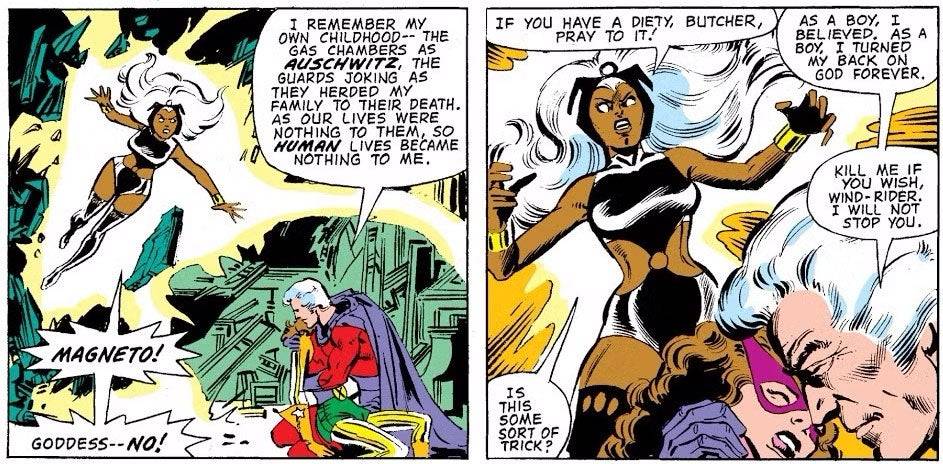
The First Appearances of Rogue, She-Hulk, and the New Mutants
The 1980s also introduced several pivotal female characters to the Marvel Universe. Rogue, initially a villain in Avengers Annual #10, became a fan-favorite member of the X-Men. Her debut saw her as part of Mystique's Brotherhood of Evil Mutants, where she absorbed the powers of Carol Danvers (Ms. Marvel), setting both characters on new paths. This issue, despite its controversial content involving Carol Danvers, marks a significant moment in Marvel's history.
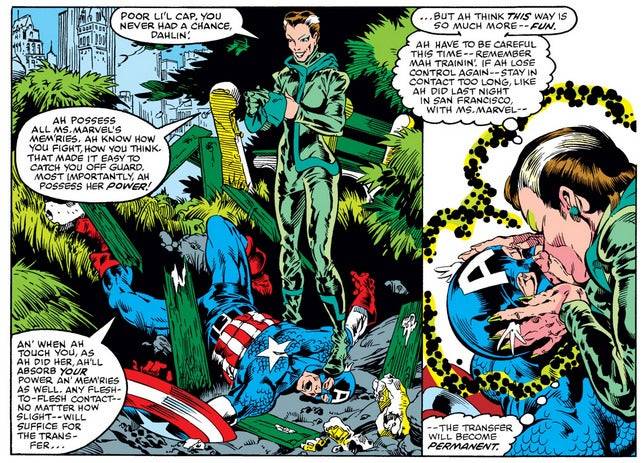
She-Hulk, created by Stan Lee, debuted in Savage She-Hulk #1. As Bruce Banner's cousin, Jennifer Walters gained her powers through an emergency blood transfusion. While her initial series didn't capture widespread acclaim, She-Hulk's character flourished upon joining the Avengers and Fantastic Four. Tatiana Maslany later portrayed She-Hulk in the MCU series.
The New Mutants, Marvel's first X-Men spin-off, were introduced in Marvel Graphic Novel #4 and later in their own series. This team of young mutants, including Cannonball, Sunspot, Karma, Wolfsbane, and Dani Moonstar (Mirage), along with the later addition of Illyana Rasputina (Magik), became central to the X-Men universe and were featured in the 2020 New Mutants film.
Iconic Storylines for Daredevil, Iron Man, and Captain America
Daredevil #168 marked a turning point for the character, introducing Elektra and setting the stage for Frank Miller's gritty, noir-inspired run. This period redefined Daredevil, introducing key elements like Kingpin as a nemesis, Stick as a mentor, and the iconic confrontation with Bullseye. Miller's work laid the groundwork for subsequent adaptations, including the 2003 film and the Netflix series, with the upcoming MCU show "Daredevil: Born Again" continuing this legacy.
David Michelinie and Bob Layton's Doomquest storyline in Iron Man #149-150 saw Tony Stark face Doctor Doom solo for the first time, resulting in a time-travel adventure to Arthurian legend. This encounter not only solidified Doom's place in Iron Man's rogues gallery but also set the stage for future collaborations between Doom and Morgan le Fay.
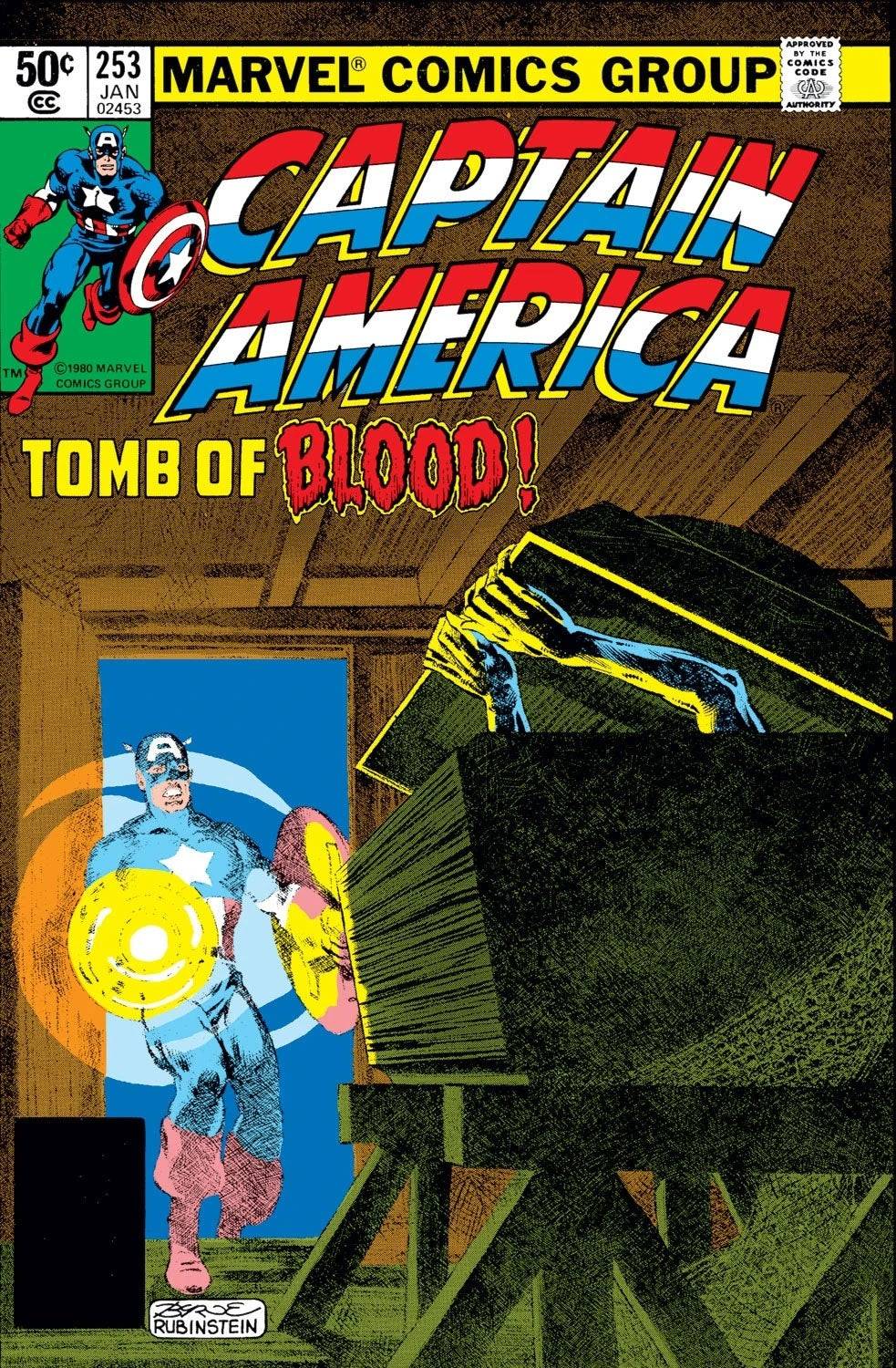
Roger Stern and John Byrne's run on Captain America included a darker narrative in issues #253-254, featuring a battle against the Nazi vampire Baron Blood. This arc showcased a different tone for Captain America's adventures and is remembered for its compelling storytelling and artwork.
Moon Knight Becomes a Hero and Marvel Helps Create the G.I. Joe Mythology
Moon Knight's transformation from antagonist to hero was solidified in Moon Knight #1, where his backstory and alternate personalities were fully explored. This issue laid the foundation for all future Moon Knight stories.
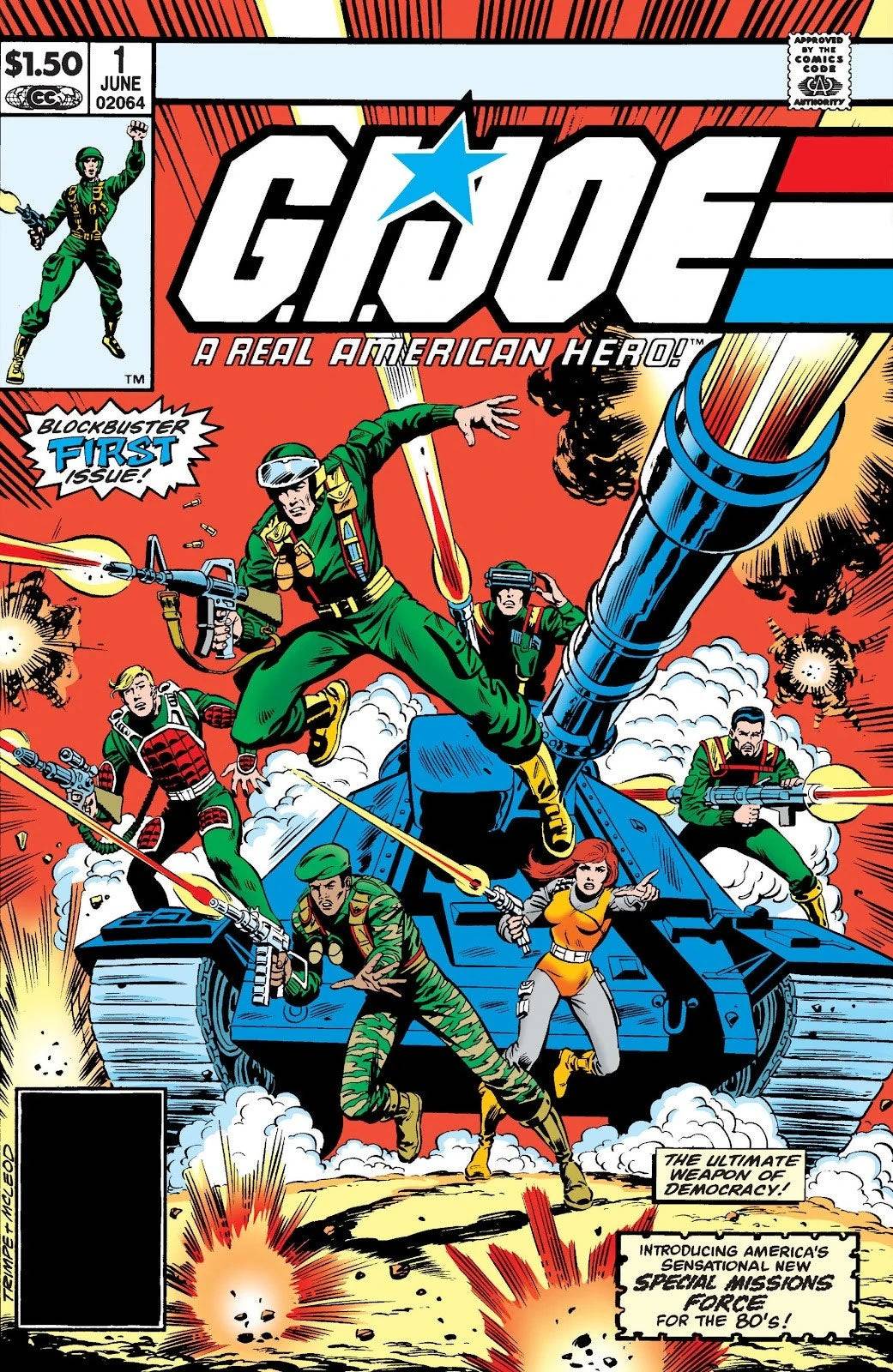
While G.I. Joe isn't owned by Marvel, the company played a crucial role in developing the franchise's characters and storylines. Starting in 1982, Marvel's tie-in comic, spearheaded by editor Archie Goodwin and writer Larry Hama, introduced iconic characters and made G.I. Joe one of Marvel's most popular titles. Hama's inclusive storytelling, which gave equal prominence to female characters, resonated particularly well with women readers, contributing to the comic's success.

 Latest Downloads
Latest Downloads
 Downlaod
Downlaod




 Top News
Top News